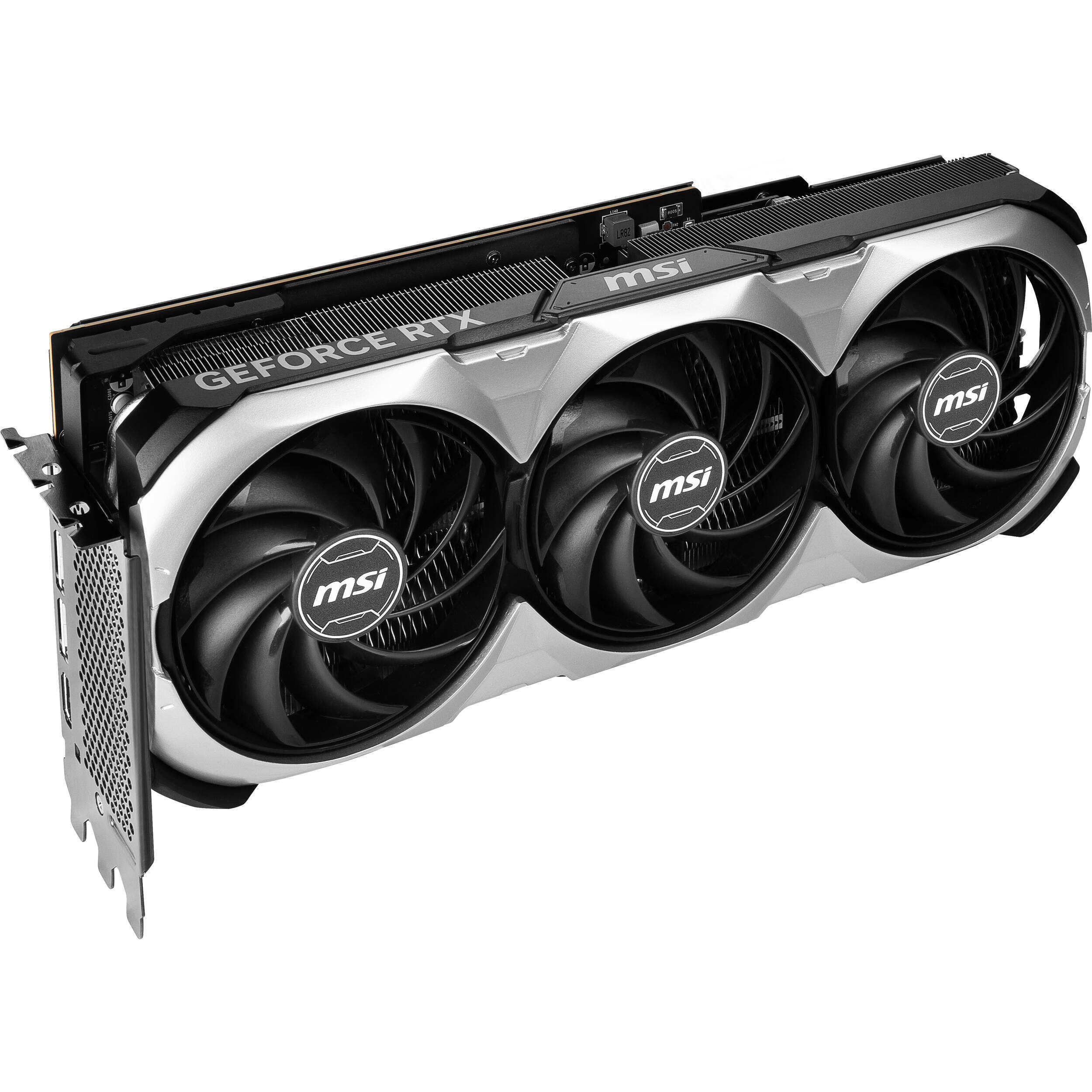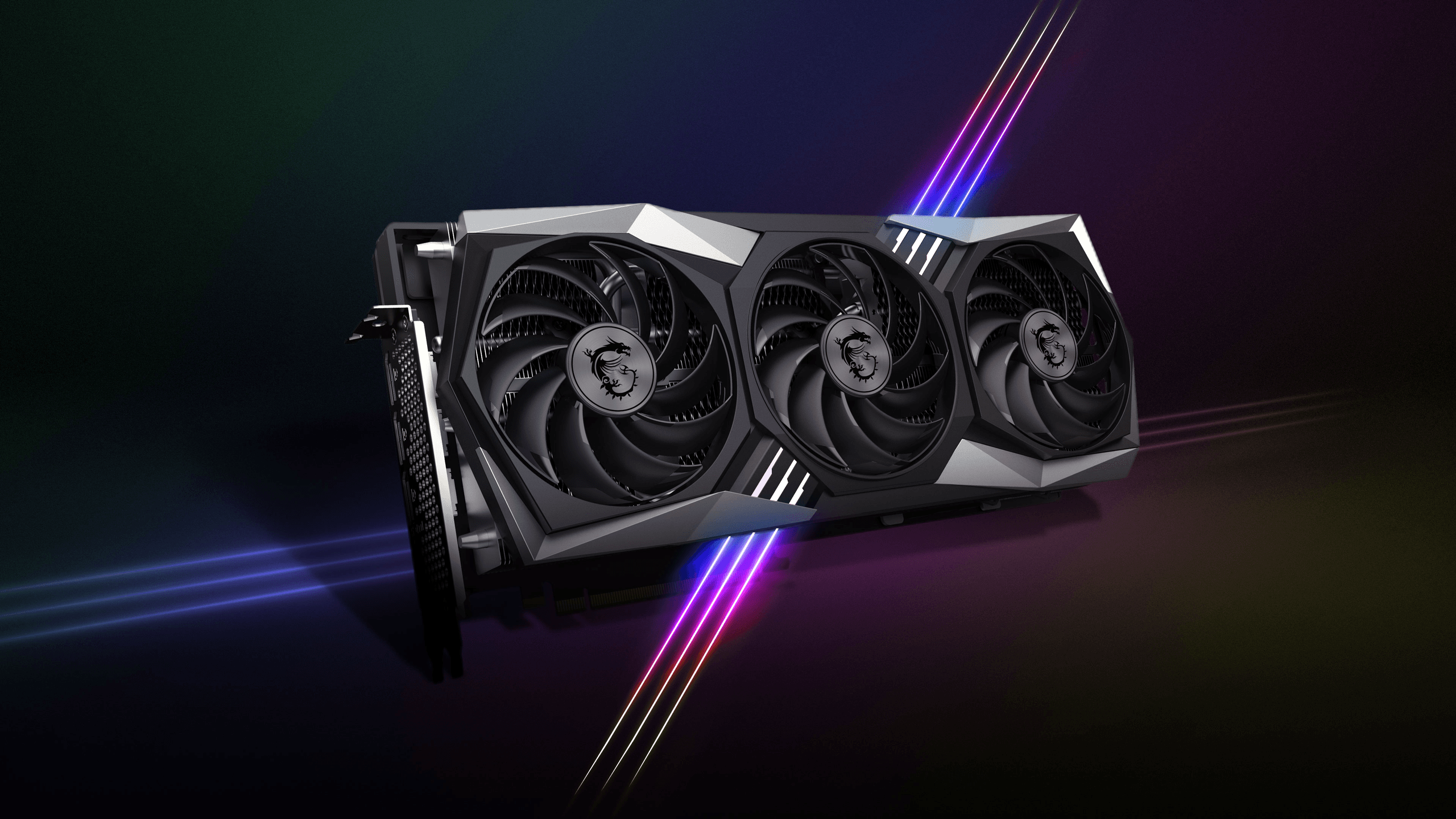A 16GB graphics card provides a substantial amount of video memory, crucial for handling high-resolution textures, complex scenes, and advanced graphical effects in modern applications. Video memory (VRAM) stores the data required to render images on the screen, and a larger capacity allows the GPU to access more texture data locally, reducing reliance on the slower system memory. This is particularly important in 4K gaming, where textures and assets are significantly larger than at 1080p or 1440p. A 16GB GPU can smoothly handle ultra-high settings in games like Cyberpunk 2077, Red Dead Redemption 2, or Microsoft Flight Simulator, which feature detailed environments and high-resolution textures. Beyond gaming, professional applications such as 3D rendering in Blender, video editing in DaVinci Resolve, and virtual reality (VR) content creation benefit from the extra VRAM, as they often process large datasets and require high frame buffers. The type of VRAM matters too; GDDR6 offers higher bandwidth than GDDR5, while GDDR6X in top-tier cards provides even greater speeds, essential for maintaining performance at extreme resolutions. However, it's not just about capacity—memory bandwidth (measured in GB/s) and bus width (e.g., 256-bit or 384-bit) also impact performance, as they determine how quickly data can be transferred to and from the GPU. A 16GB graphics card with a narrow bus width may not perform as well as a 12GB card with a wider bus in bandwidth-bound scenarios. Balancing VRAM capacity with other specifications ensures that the GPU can handle demanding workloads without bottlenecks. As games and applications continue to push graphical boundaries, a 16GB graphics card strikes a sweet spot for high-performance gaming and professional use, offering enough memory for current needs while providing some future-proofing against upcoming resource-intensive titles.


